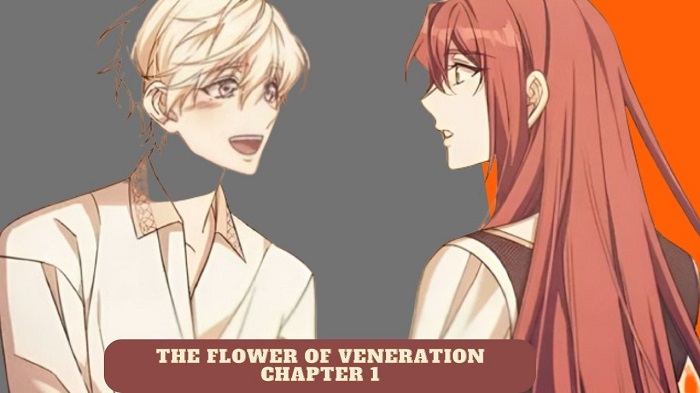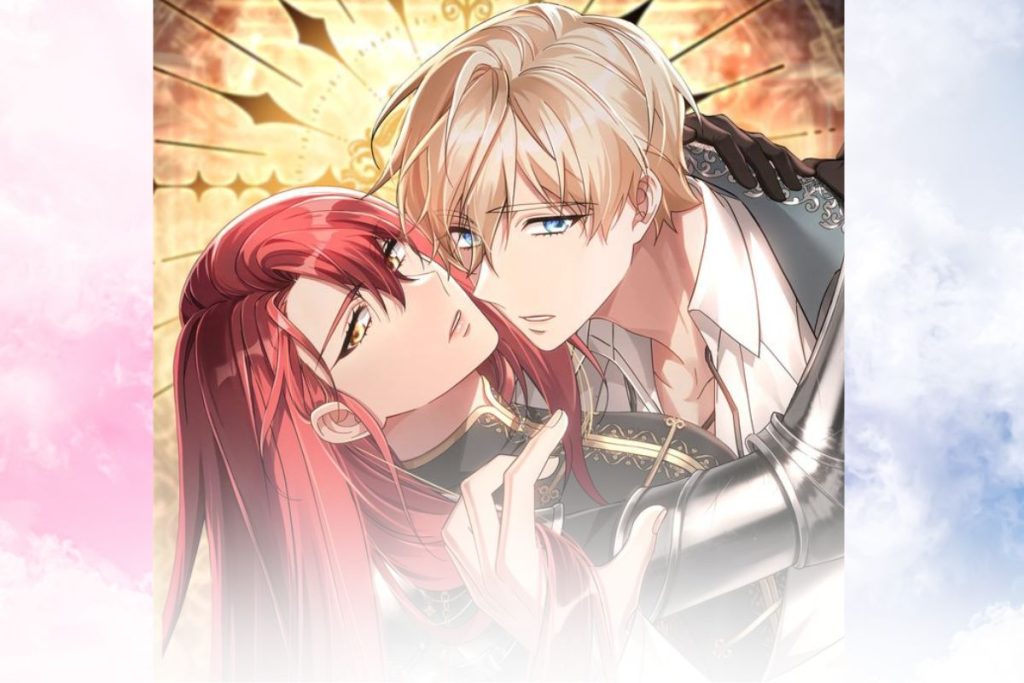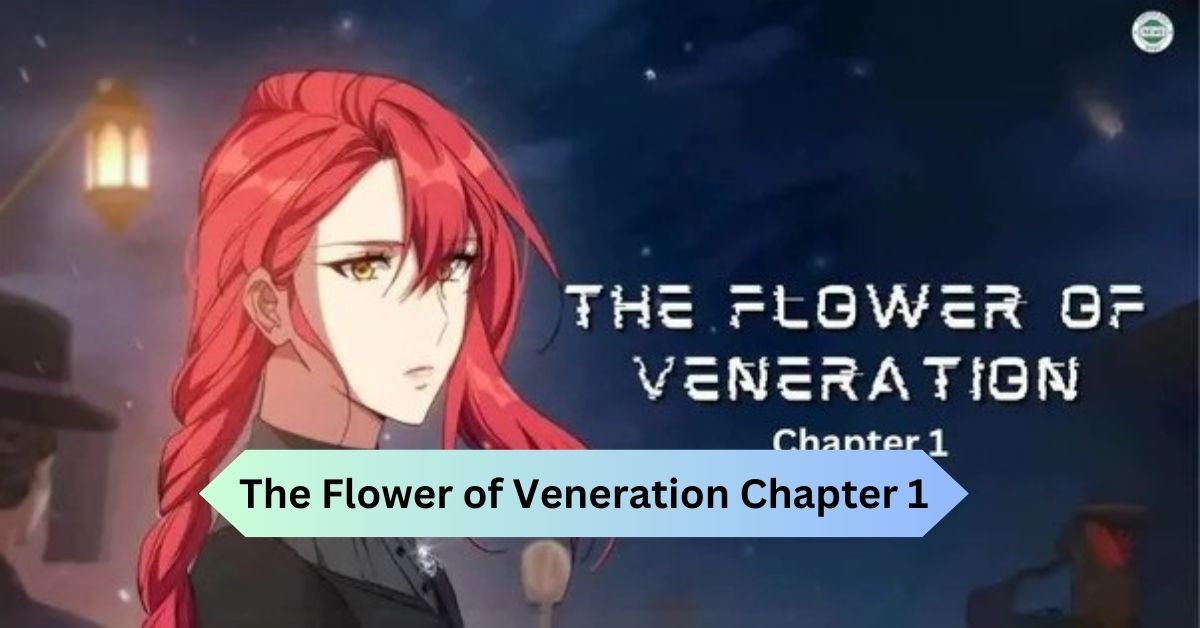The Flower of Veneration Chapter 1
The Flower of Veneration Chapter 1 is the first part of a captivating story set in a mysterious and politically charged kingdom. The chapter opens with the sudden and unexplained death of a duke, which triggers a series of events that shape the rest of the story. This initial event sets the stage for a tale filled with power struggles, legacy issues, and conflict among key characters.
The Dramatic Beginning in The Flower of Veneration Chapter 1: Death Of The Duke:

The Flower of Veneration Chapter 1 starts with a dramatic and crucial event: the sudden death of the Duke. This shocking incident is not just a minor detail; it is the key moment that kicks off the entire story.
1. What Happens?
The Duke’s death happens suddenly and under mysterious circumstances. This unexpected event grabs the reader’s attention right from the start. It raises many questions: Was his death natural, accidental, or was there foul play involved?
2. How Does It Affect the Story?
The Duke’s death is the spark that sets the entire plot in motion. It creates a power vacuum in the kingdom, leading to immediate concerns about who will take over his role. This situation introduces a sense of urgency and tension as everyone wonders what will happen next.
3. Who Are the Main Characters Introduced?
- Cecilia: She is the Duke’s daughter and the main character. With her father’s sudden death, she faces the challenge of stepping into his shoes and leading the kingdom. She must deal with her grief while also handling the heavy responsibilities that come with her new position.
- The Two Knights: These knights were loyal to the Duke. Each has its own background and secrets. They are important figures in the story, acting as protectors and possibly playing significant roles in the kingdom’s power struggles.
4. What is the Political Landscape?
The Duke’s death reveals the fragile alliances and tensions among the noble houses. His absence opens up opportunities for ambitious characters who want to gain more power. This situation reflects the broader political issues within the kingdom, showing how personal tragedy can have wide-reaching consequences.
5. How Does It Engage the Reader?
The mystery surrounding the Duke’s death pulls the reader into a detective role. Readers are encouraged to piece together clues and speculate about the motives behind his demise.
This sense of mystery keeps the reader engaged, eager to find out who stands to gain the most from the Duke’s death and what twists the story will take next.
Character Analysis and Development of The Flower of Veneration Chapter 1:
The Flower of Veneration Chapter 1 introduces us to several important characters whose development is crucial to the story. Each character is unique, with their own motivations, challenges, and complexities.
1. Cecilia: The Reluctant Heir
Cecilia, the main character, is the Duke’s daughter. When her father dies, she has to lead the kingdom. It’s hard for her. She’s sad and has lots of new duties. But she gets stronger and learns to handle it.
2. The Two Knights: Guardians and Challengers
The two knights were loyal to the Duke and now support Cecilia. The first is loyal and protective, representing honor and duty. The second is mysterious, with secrets hinting at his own plans. He could be both an ally and a rival.
3. Secondary Characters:
The story includes various characters like advisors, rival nobles, and servants. They help expand the story’s world by showing different viewpoints on the Duke’s rule and the power struggle after his death.
Their reactions and interactions add depth to the political and social landscape of the kingdom, making the story richer and more complex.
4. How Do Characters Interact?
Cecilia and the knights have interactions that are full of tension and the possibility of conflict. While Cecilia depends on them for support, their different ways of doing things and hidden secrets can create friction.
The knights also have their own mix of mentorship and rivalry, which adds more complexity to the story.
5. What are the Motivations and Moral Complexities?
Cecilia is driven by a sense of duty and a desire to honour her father’s legacy. However, she also has her own ambitions and fears to face. The knights each have their own loyalty and personal goals, adding depth to their characters. They must balance their principles with the changing political landscape.
Exploring Themes and Symbolism in The Flower of Veneration Chapter 1:

The story explores themes of duty, loyalty, and personal growth. Cecilia’s journey symbolizes the struggle between honouring family legacy and finding one’s own path.
The knights represent different aspects of loyalty and conflict, adding depth to the narrative. Together, these themes and symbols create a rich and engaging story that delves into the complexities of leadership and personal identity.
Plot and Conflict:
The plot centres on Cecilia’s journey after her father’s sudden death. She must step up to lead the kingdom while dealing with her grief. The main conflict arises from her struggle to prove herself as a capable leader despite feeling overwhelmed.
Additional tensions come from the knights, who have their own secrets and motivations, and from rival nobles who challenge her authority. This creates a story filled with political intrigue, personal growth, and battles for power.
Setting and World-Building:
Chapter 1 of “The Flower of Veneration Chapter 1” introduces a detailed medieval kingdom filled with grand castles, busy marketplaces, and peaceful countryside. The kingdom is tense after the Duke’s sudden death, which impacts everyone.
The Duke’s castle, with its grand architecture and decorations, shows the ruling family’s power. The social structure is clear, with nobles, knights, and commoners. The chapter also hints at emerging political factions and alliances, setting the stage for upcoming power struggles and personal conflicts.
Literary Analysis:
1. Writing Style:
“The Flower of Veneration Chapter 1” transports you to its medieval world through detailed descriptions and character interactions. The vivid imagery helps you imagine the kingdom and its people clearly. It’s like stepping into a real and thrilling adventure.
2. Character Development:
In “The Flower of Veneration,” characters like Cecilia are shown with their own feelings and strengths, making them interesting. Cecilia, especially, starts off as unsure but gets stronger as the story goes on. Other characters, like the knights, also have their own personalities, which makes the story more exciting.
Cultural Analysis:
1. Medieval Setting:
The story’s setting in a medieval kingdom reflects the historical and cultural elements of that era. The depiction of castles, social hierarchy, and the roles of knights and nobles provides an authentic backdrop that resonates with classic tales of chivalry and political intrigue.
2. Themes of Power and Responsibility:
The narrative explores themes of power, responsibility, and leadership, highlighting the burdens and expectations placed on those in positions of authority. Cecilia’s struggle to step into her father’s role mirrors the universal challenge of balancing personal grief with public duty.
3. Political Intrigue:
The cultural aspect of political intrigue is central to the story. The alliances, rivalries, and the brewing undercurrent of rebellion reflect the complex dynamics of power and governance. This mirrors real historical periods where political manoeuvring was key to maintaining control and stability.
Reader Engagement and Interpretation in The Flower of Veneration Chapter 1:
In “The Flower of Veneration Chapter 1,” readers are invited to explore the story’s themes and characters deeply. The mysteries in the plot keep readers engaged and eager to discover secrets with the characters.
The story also makes readers think about important topics like power, loyalty, and identity, and how they apply to real life.
By encouraging readers to interpret and discuss the story, it becomes more than just a book—it becomes an interactive adventure where readers help uncover its hidden depths.
Author’s Intent and Literary Devices:

The author of “The Flower of Veneration Chapter 1” paints vivid scenes, drops hints about the future, and crafts realistic characters using traits and actions.
These elements immerse readers in the medieval setting, keeping them engaged with anticipation. Symbols, such as the mysterious flower, add layers of meaning to the narrative, making it enjoyable and thought-provoking.
Frequently Asked Questions:
1. Are there any sequels or companion works related to “The Flower of Veneration Chapter 1”?
Readers might inquire about the possibility of sequels, prequels, or spin-offs that further explore the world and characters introduced in the story.
2. Are there any underlying messages or moral lessons in “The Flower of Veneration Chapter 1”?
Readers may wonder if the story conveys specific messages about leadership, morality, or societal values. Understanding the underlying themes can deepen the reader’s appreciation of the narrative.
3. What inspired the author to write “The Flower of Veneration Chapter 1”?
The author may have drawn inspiration from historical events, fantasy literature, or personal experiences. Exploring the author’s inspiration can provide insights into the themes and messages of the story.
Conclusion:
The Flower of Veneration Chapter 1 takes readers on an enthralling journey through a medieval kingdom, brimming with mystery and intricate characters. With its immersive world-building and vivid descriptions, the story captivates readers and encourages reflection on themes like power and loyalty. Through rich literary devices, it leaves a lasting impact, inviting readers to ponder its mysteries even after the story ends.







